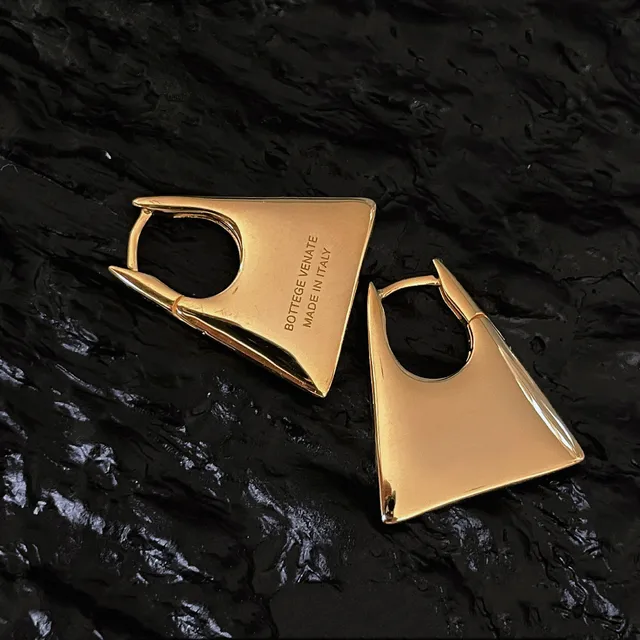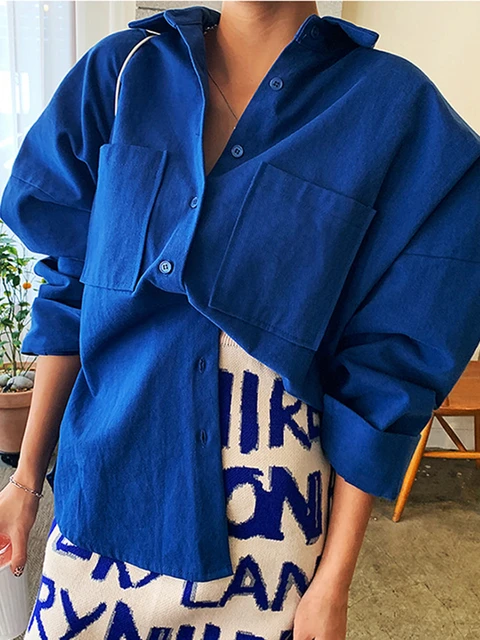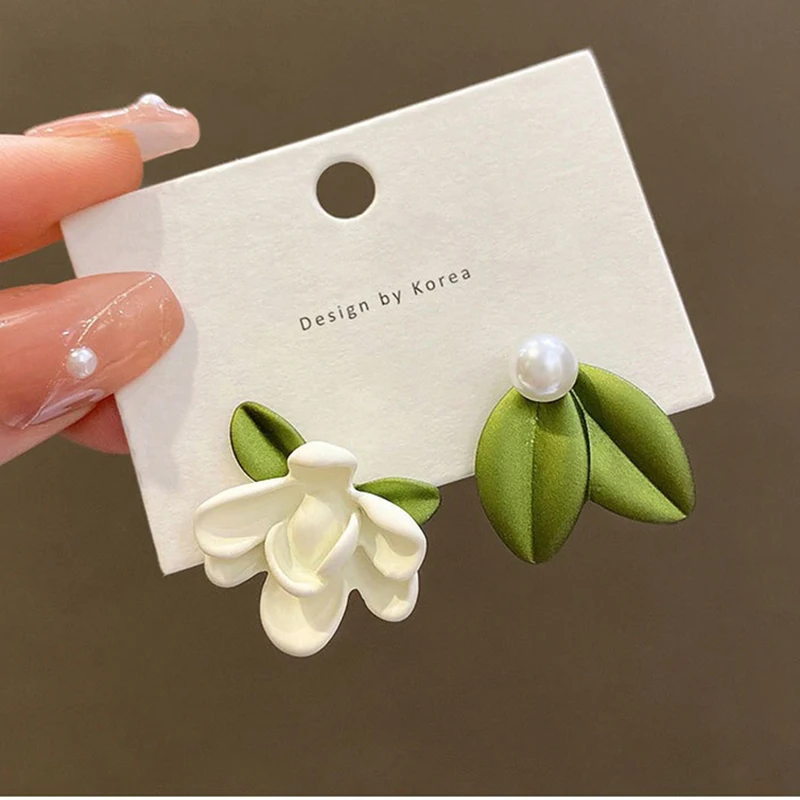take an existing beach shack on Victoria’s and rework it into a functional .
At first glance, it appeared as though this in Portsea, Victoria, a CHI (Consolidated Homes Industries) home designed by architect Robyn Boyd in 1955, was in perfectly good shape. Following the mantra ‘Don’t fix what isn’t broken’, Melbourne-based interior design firm approach to Portsea House was one of restraint. Focusing only on the areas that needed improvement, they kept the rest of the classic beach shack as it was. This ‘reinterpretation’, as the design team calls it, ensured that the home embraced the character and fabric of the original shack, just with a more enhanced way of living.
While the clients were lured in by the home’s slightly run-down beach shack charm, they felt that its central communal spaces required an upgrade. The existing kitchen had been renovated by prior owners almost two decades back, leaving it with an outdated, somewhat uninviting facade. However, the advantage of this was that there was ample room for improvement and only little room for error. “This made revisiting the design a little less daunting,” Pipkorn & Kilpatrick co-founder Jane Kilpatrick says. As a result, the new kitchen is functional and modern, with more than sufficient space for storage and moving about.
The reinterpretation of Portsea House was about more than just functionality; it was also about connections, not just between indoor and outdoor spaces, but also to the home’s history. One way in which the home achieves this, Jane mentions, is by . The house lies concealed behind scrub and low lying gums, blending seamlessly into the topography of the Mornington Peninsula. “Its humble profile refuses to dominate the landscape,” Jane says. Stepping inside, there is no shortage of , infusing the home with what Jane calls a “warm humanity”.

Pipkorn & Kilpatrick opted for materials that responded to the home’s already understated 1950s aesthetic. Terrazzo kitchen tiles, lining board walls, and timber floors are simple, understated, and timeless. The beach shack charm shines through in these materials, grounding the home to its history and context.
Pipkorn & Kilpatrick have managed to revitalise – not completely reinvent – this historic shack on Victoria’s coastline. The family that lives there can enjoy it for all that it has to offer as an authentic stay by the beach.


The post appeared first on .





































